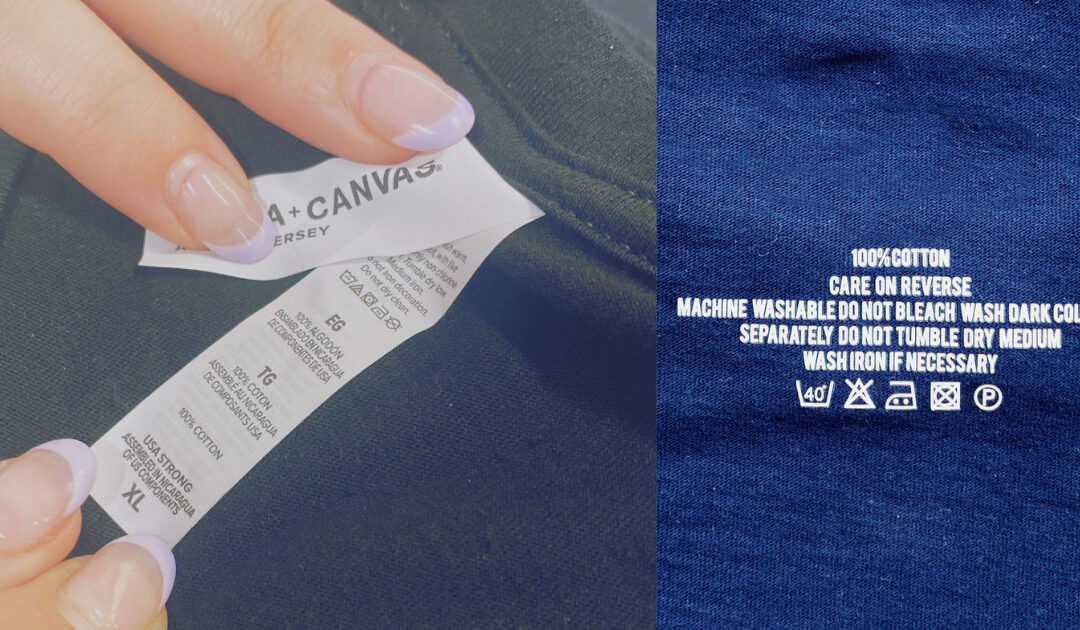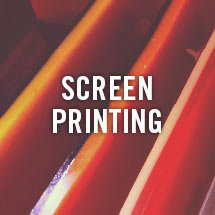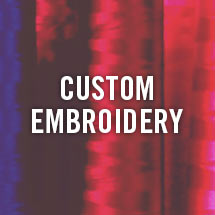It’s no secret that brand names have power. From the logo on a pair of sneakers to the label in a T-shirt, branding is an important part of any retail item and what it’s worth to the buyer. You may be surprised to find out, however, that many times the label inside a clothing item has been replaced by the retailer. Adding a new label to a product before selling it isn’t just common, it’s smart business strategy. Here’s everything you need to know about the relabeling process, U.S. label laws and how to create a brand identity that people will remember.
What is Relabeling?
Relabeling is the process of removing a manufacturer’s tag and replacing it with one that is custom to your brand. It allows you to purchase items wholesale but add your own branding for a cohesive, professional look.
This process usually consists of three steps:
1. Designing and producing your own custom labels.
This step lays the foundation for what your final product will look like.
2. Carefully unstitching the original product labels from your wholesale item.
This can be a delicate process, depending on the material you are working with.
3. Attaching your new labels to the product.
You can attach a tag in several ways, such as sewing or gluing it in place.
Sounds easy, right? Before you dive in, however, there are a few important things to know. Clothing tags are required to include certain information or else you might run into legal trouble.
Label Laws and Relabeling Requirements
To avoid any snags with your new tags, you must follow the relabeling rules outlined by the Federal Trade Commission, which requires three components on each label.
1. The Fiber or Fabric Content
The FTC requires that all tags list each fiber that makes up 5 percent or more of the clothing article’s weight.
2. Country of Origin
Clothing is often manufactured outside of the United States, and you are required to identify where all imported products were produced on the tag. If all the materials in your garment were produced in the United States, on the other hand, it can be a great opportunity to show customers that you support American companies and manufacturers.
3. Identity of Manufacturer (Or Business Responsible for Marketing the Item)
Finally, all labels must indicate the company that produced the garment either by its name or Registered Identification Number. When relabeling a product, you will switch out the manufacturer’s name and replace it with your company name, because you are now the marketer of the item.
Although not required by label laws, it’s also important to include a clear brand logo, sizing information and any care instructions that your customer needs to take care of the garment.
Making It Your Own
Relabeling a product is a small detail, but one that can have a big impact on sales. Whether your desired look is minimal and effortless, cool and trendy or bold and adventurous, designing a custom label is a great way to define your brand or organization’s identity.
Choose a design that represents who you are as a company and that is consistent with your branding goals.
Tags to Brag About
From navigating label laws to finding the perfect design, the relabeling process can feel a bit daunting. Thankfully, you don’t need to have all the answers. That’s where Full Press Apparel comes in! Our experienced team can help guide you through the relabeling process from start to finish. Contact us today to get started.





